Merricks Farmhouse by Michael Lumby Architecture with Nielsen Jenkins is located on Victoria’s picturesque Mornington Peninsula, set among the region’s amiable wineries and charming seaside hamlets. The elevated, fifty-acre property is on a country lane that is delicately concealed from the passing traffic moving along the arterial thoroughfare nearby. From this side road, the serpentine, wooded coastline and the calm waters of Western Port Bay are hidden at first and then glimpsed in the rear-view mirror of the car as you slowly move uphill. The commodious hilltop dwelling comes into view across a frisky grassed paddock, anchored on the prow-like site by a copse of established trees. The architecture of Merricks Farmhouse is a considered response to this very special place.
The commissioning and construction of this residential compound is a global tale. The architecture is a collaboration between the South African practice of Michael Lumby and the Queensland firm led by Lachlan Nielsen and Morgan Jenkins. The landscape has a parallel bilateral authorship, bringing together Cape Town-based, international garden designer Franchesca Watson and Melbourne-based landscape architect and horticulturist Robyn Barlow. The clients are global citizens who move between countries for business and family. The genesis – and foundation – of this prodigious network is deep friendship. The story began in 2011 when Michael and Morgan met in South Africa, when the latter was travelling as a recent graduate of architecture. The pair stayed in touch over subsequent years as they progressed in their careers and went on to establish their own practices. In 2017 the opportunity to collaborate on a significant project in Australia presented itself. The architectural team energetically embraced the opportunities and challenges of delivering Merricks Farmhouse and are now working collaboratively on other projects, both in Australia and South Africa. Michael, Lachlan and Morgan have blended their diverse social, architectural and environmental experiences, bringing a unique richness to a project that is a landmark in the creative and organizational development of both firms.
Thick concrete block walls define views and direct circulation around the house.
Image:
Tom Ross
The practices speak of their shared desire to create an “abstraction of a typical Australian farmhouse,” and this aspiration is authoritatively delivered. The sleek, black silhouette of the capacious roof sits very comfortably within the productive viticultural landscape of the Mornington Peninsula. In an archetypal farmhouse, the roof would be the primary generator of experience and enclosure – but here, it is the concrete block walls. Elegant but robust, these walls have a significant compositional heft: some are as thick as one metre and project out into the landscape as jardinières for verdant greenery that cascades down their sides. The plan is organized using a series of discrete courtyards, each with a carefully calibrated character – from the grand garden courtyard at the centre of the house and an expansive pool terrace whose outer edge is defined by a belt of existing trees to intimate retreats adjacent to the bedrooms. The crisp outline of the roof conceals a jagged section. Skylights bring light into the rooms, and the cavity of the roof has been carved out to nuance and distinguish interior spaces, moving the scale up and down, in and out. The ground plane exhibits a similar level of poise, exemplified by the effortless connections between inside and outside – building and landscape. Interior spaces are experienced as a refined juxtaposition to the hardy character of the building’s structure, with the astute detailing and the warmth of charred timber, plush leather, steel fixtures, oak joinery, slate paving and in-situ concrete creating ideal domestic settings.
Robust and refined interiors feature oak joinery, steel fittings and charred timber.
Image:
Tom Ross
Merricks Farmhouse confidently references the most sophisticated colonial farmhouses of the nineteenth and early twentieth centuries and picks up on the meticulous detailing and spatial configuration of the iconic late-modernist interpretations of the type. Rigorous associations can be made with the oeuvre of Kerry Hill Architects, particularly the practice’s resort projects in Japan, and there is a scrupulous nod to Guilford Bell’s late masterwork, the 1986 Grant House in the Melbourne suburb of Officer – noting the connection between Guilford, Morgan and Lachlan as Queensland-educated architects.
The experience of Merricks Farmhouse is thoroughly cinematic and profoundly connected to the setting. The architecture has an uncomplicated luxury, and the house presents its inhabitants with the perfect backdrop to every aspect of daily life – from the purposeful intimacy of the main courtyard, where one is immersed in the collage-like planting and protected from the coastal climatic conditions, to the framed vistas of the landscape that invite moments of contemplation as the morning sun animates the bucolic landscape. These poised moments are contrasted with spaces designed for ebullient gatherings: the perfect spot for a summer lunch on the northern terrace; a refreshing dip in the circular pool; and a well-contested game of charades beside the open fire in the sunken formal lounge room. Michael Lumby Architecture and Nielsen Jenkins have created a new home for their clients that perfectly melds domestic utility and architectural beauty.

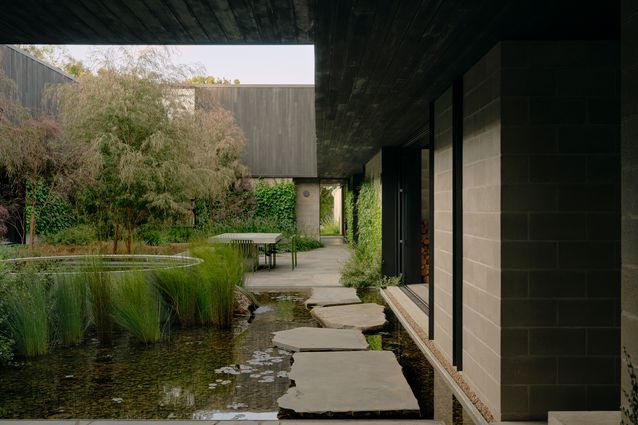
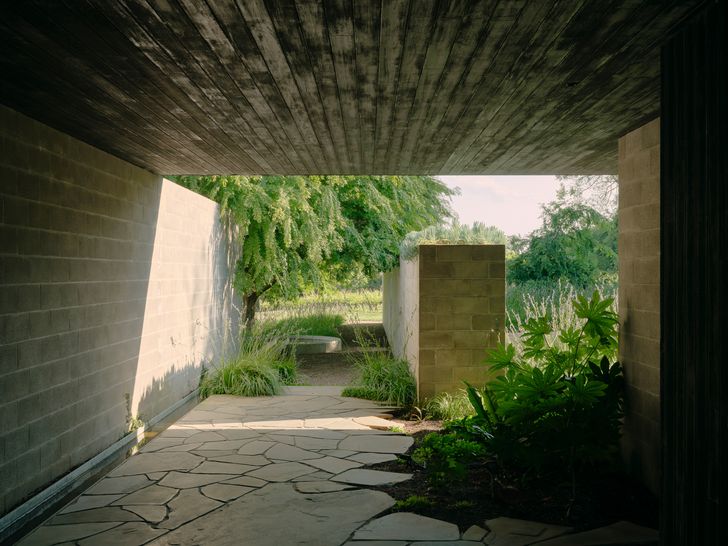
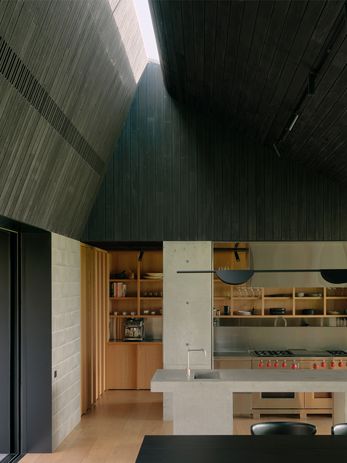




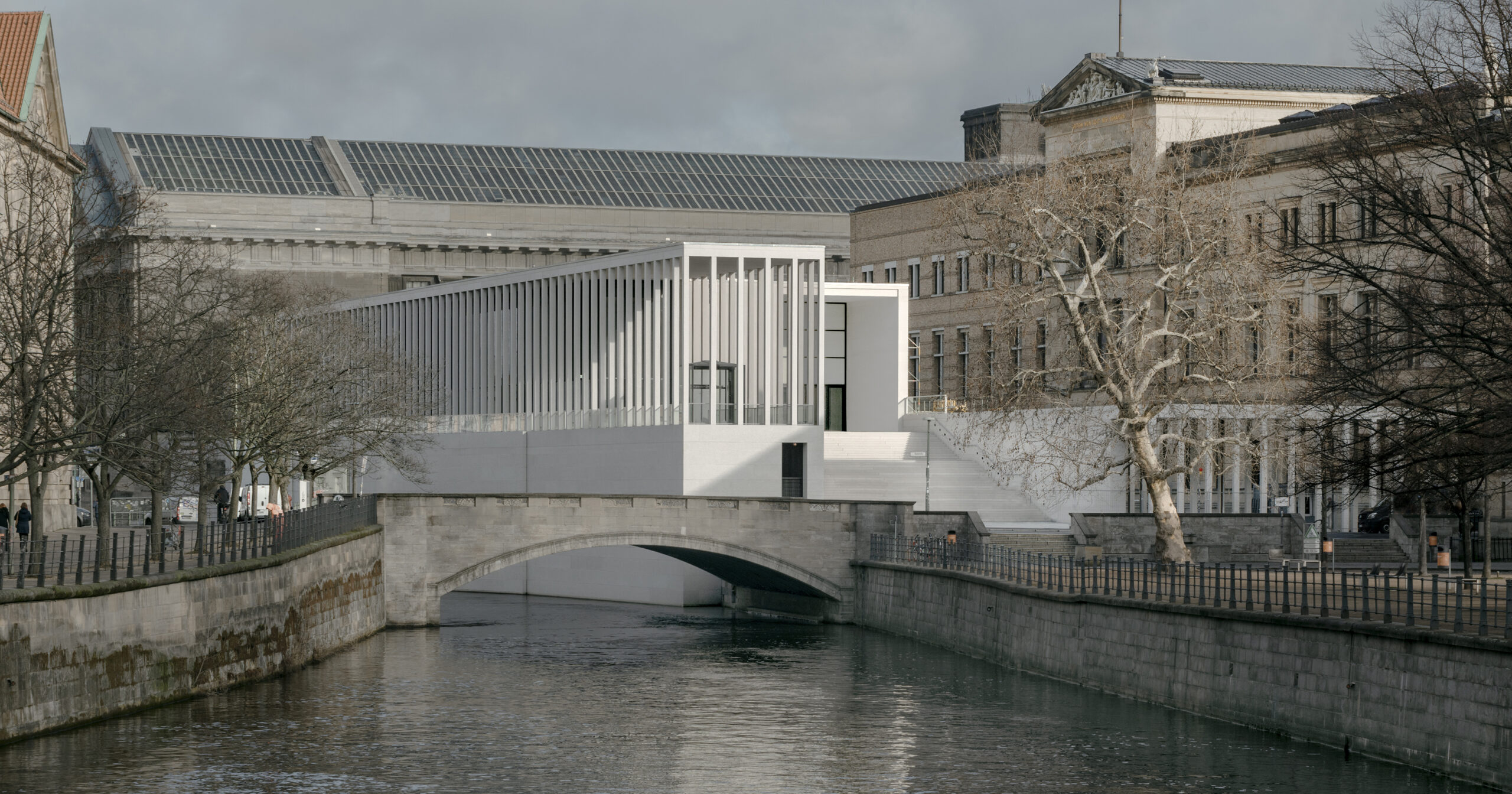

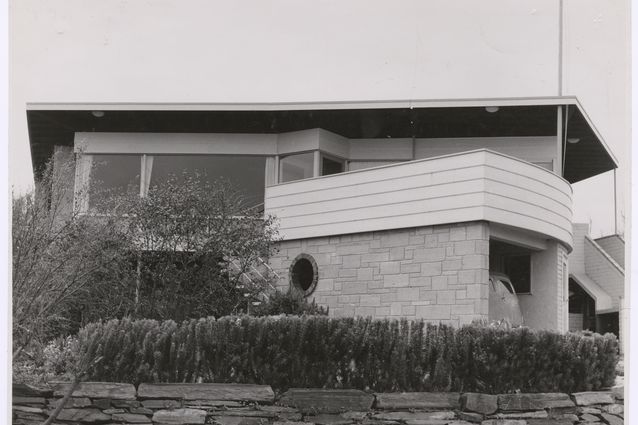
![[OS] Some pictures I took last week from the construction site of the ~8.5 billion € project ‘Stuttgart 21’. [OS] Some pictures I took last week from the construction site of the ~8.5 billion € project ‘Stuttgart 21’.](https://b.thumbs.redditmedia.com/AN6yjeiH8looaDWAlzk05o0tsCmRjLWl46bLUqpWOoE.jpg)

